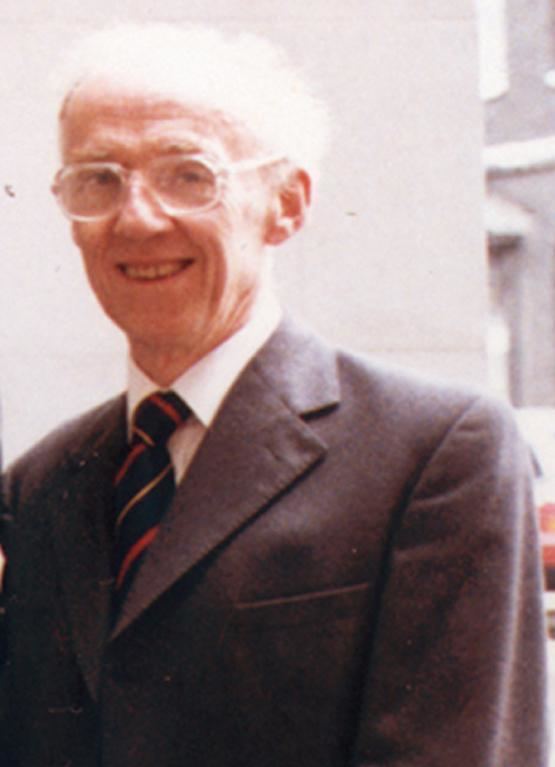Name Alex Stokes | ||
Comedian alex stokes
Alexander (Alec) Rawson Stokes (27 June 1919 – 5 February 2003) was a co-author of the second of the three papers published sequentially in Nature on 25 April 1953 announcing the presumed molecular structure of DNA. The first was authored by Francis Crick and James Watson, and the third by Rosalind Franklin and Raymond Gosling. The Nobel Prize in Physiology or Medicine was awarded in 1962 to Crick, Watson, and Wilkins for this work.
Contents
- Comedian alex stokes
- Never have i ever challenge ft alex stokes andrew davila
- Early life and education
- Scientific work
- Later life
- References

In 1993, on the 40th anniversary of the publication of the molecular structure of DNA, a plaque was erected in the Quad (courtyard) of the Strand campus of King's College London commemorating the contributions of Franklin, Gosling, Stokes, Wilson, and Wilkins to "DNA X-ray diffraction studies".
Never have i ever challenge ft alex stokes andrew davila
Early life and education
Stokes was born in Macclesfield, Cheshire. He studied at Cheadle Hulme School in Manchester. He received a first-class degree in the natural science tripos in 1940 at Trinity College Cambridge and then researched X-ray crystallography of Imperfect Crystals for his PhD in 1943 under the supervision of Lawrence Bragg at the Cavendish Laboratory.
Scientific work
Stokes lectured in physics at Royal Holloway College, London before joining John Randall's Biophysics Research Unit at King's College London in 1947. He has been credited, as being the first person to demonstrate that the DNA molecule was probably helical in shape. Maurice Wilkins wrote in his autobiography (page 160) that he asked Stokes to predict what a helical structure would look like as an x-ray diffraction photograph, and that he was able to determine this by the next day through mathematical calculations made during a short train journey. Stokes continued to work on optical diffraction in large biological molecules. His publications include the books The Theory of the Optical Properties of Inhomogeneous Materials. London: E. and F.N. Spon Ltd, (1963) and The Principles of Atomic and Nuclear Physics C.J. Smith and A.R. Stokes, London, Edward Arnold, (1972) ISBN 0-7131-2313-3.
Later life
Stokes retired from King's College London as a senior lecturer in 1982. He wrote extensively, and his books include The Principles Of Atomic And Nuclear Physics (1972), and The Theory Of The Optical Properties Of Inhomogeneous Materials (1963). He was a choral singer, played the piano and was an elder in his local free church, in Welwyn Garden City.
